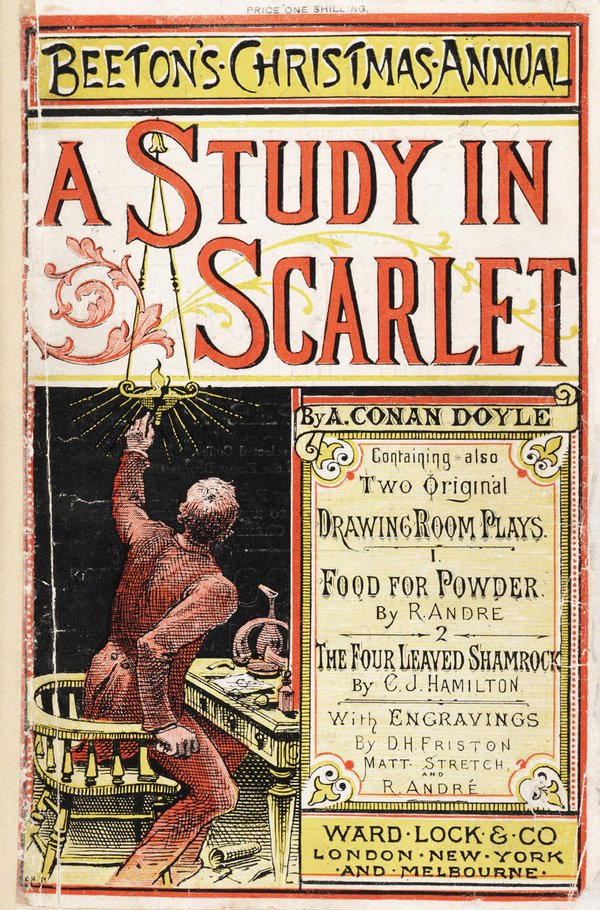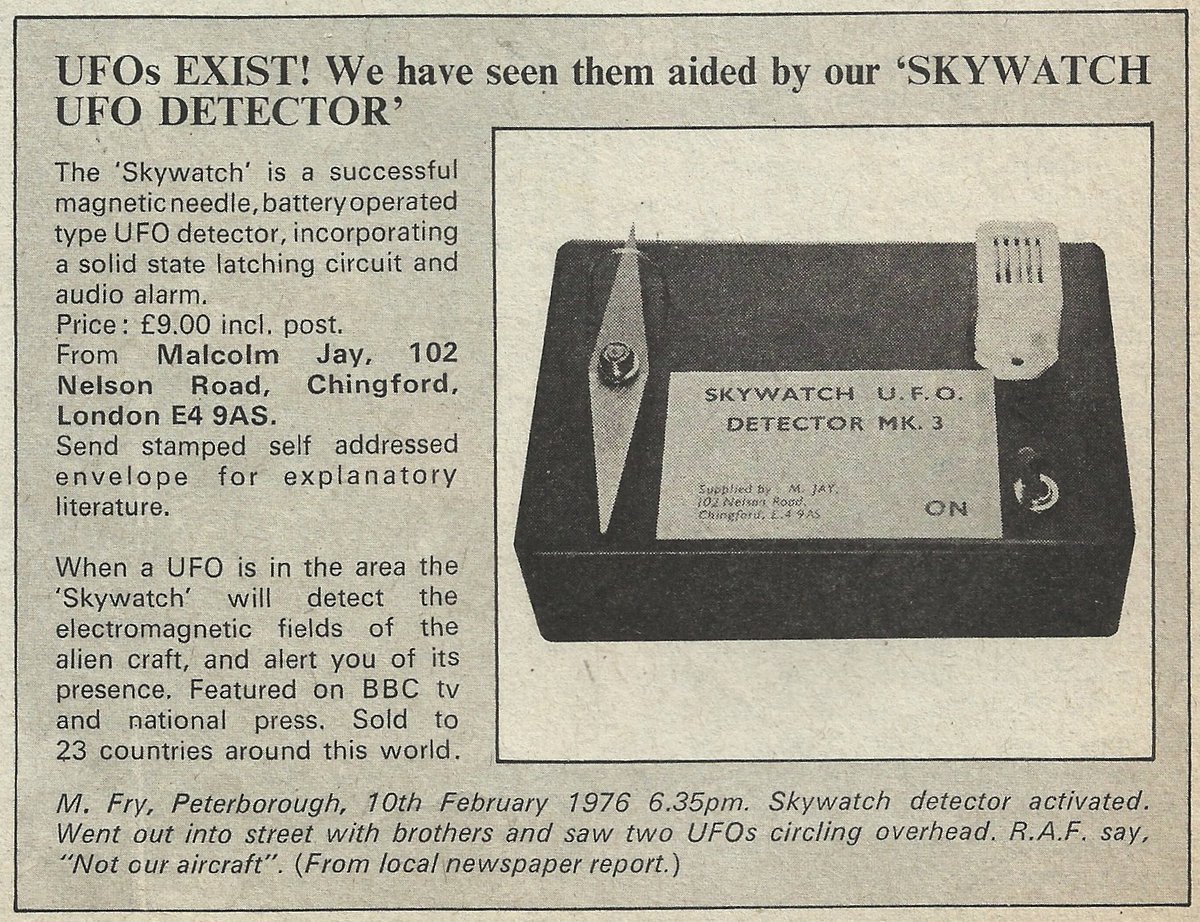
Bűvös Kocka was patented in Hungary in 1975: a plastic cube, made up of nine coloured squares on each side, that could be rearranged in 43 quintillion different ways. Eight years later over 200 million had been sold worldwide.
Today in pulp... I look at Rubik's Cube!
Today in pulp... I look at Rubik's Cube!

In 1974 Ernõ Rubik was an architecture professor from Budapest. Looking for a way to help his students better appreciate 3D design he began work on a wooden puzzle block that could be reconfigured by twisting it. 

The challenge for Rubik was to create a structure where individual pieces could move without the whole block falling apart. Using rubber bands and hand-cut wooden pieces he persevered until he had a prototype. 

Rubik's students liked his 3D block, but it wasn't until he added coloured stickers to the pieces that he appreciated that it could also be a puzzle - and a fiendishly difficult one to solve! 

Rubik's Magic Cubes - Bűvös Kocka - went on sale in 1977. Two years later businessman Tibor Laczi took it to the Nuremburg Toy Fair where it caught the eye of Tom Kremer, who persuaded the Ideal Toy Company to aquire the rights. He could see it's worldwide potential. 

Cube manufacturing was refined, using a lighter design that was more easy to use. Ideal wanted to rename the puzzle 'The Gordian Knot', but eventually settled on a simpler idea: Rubik's Cube. It went on sale in the West in 1980. 

Backed by a strong advertising campaign the Rubik's Cube soon became a worldwide craze, briefly becoming the best-selling toy in history. Yet it was a puzzle that very few could solve.
However help was at hand...
However help was at hand...
'Schoolboy cubemaster' Patrick Bossett spent two weeks figuring out how to do the Cube in 1981, when he was laid up with a broken leg. His solution went on to sell 1.5 million copies. Bossett later developed software for identifying computers at risk of the Millenium Bug. 

Despite launching other products - such as the Rubik's Snake - the Rubikmania began to evaporate in 1982, and by the following year many felt it had just been a fad.
But to a hard-core of cubers it was anything but.
But to a hard-core of cubers it was anything but.

Speedcubers try to solve the Rubik's Cube as quickly as possible. At the first world championships in 1982 Minh Thai won with a single solve time of 22.95 seconds. The current fastest time for a single solve of a 3x3 cube by a human is 3.47 seconds. 

Speedcubers quickly improved on the earlier cube solutions and a number of competing methods were discovered. Jessica Fridrich's method (solving the first two layers before orientation the top layer) is the most popular speedcuber method, but there are many more. 

The Fridrich method involves memorizing at least 50 algorithms, depending on the position of the edge or corner pieces you need to move. When Fridrich posted these on the internet in 1997 it helped spark a renewed wave of interest in Rubik's Cube. 

In 2000, Ron van Bruchem started an online forum called speedcubing.com and in 2003 the World Speedcube Championships were relaunched in Toronto. The cubing community has carried on from strength to strength ever since. 

Nowadays cubers tackle Rubik's Cubes of various sizes: 3x3, 5x5, even 17x17. A Braille version of the cube is also available for people with visual impairments. 

Special speedcubes are also available for faster rotation of the layers, though a bit of cube lube on your old one will normally help to improve your performance too. 

Scientists and mathematicians love the Rubik's Cube: as an exercise in engineering, topology and mathematical group theory it's hard to beat. Scientific America even dedicates a cover to the maths of the Cube. 



In 2010 'God's Number' for the Rubik's Cube was discovered: it can be solved from any start position in 20 moves or less. It took the equivalent of 35 CPU years using Google's processing infrastructure to compute all the possible start positions.
So if you haven't cubed for a while why not dig out your old Rubik's Cube and have a go. There's also a number of Cube solver sites online in case you get stuck!
More toy stories another time...
More toy stories another time...

• • •
Missing some Tweet in this thread? You can try to
force a refresh
























